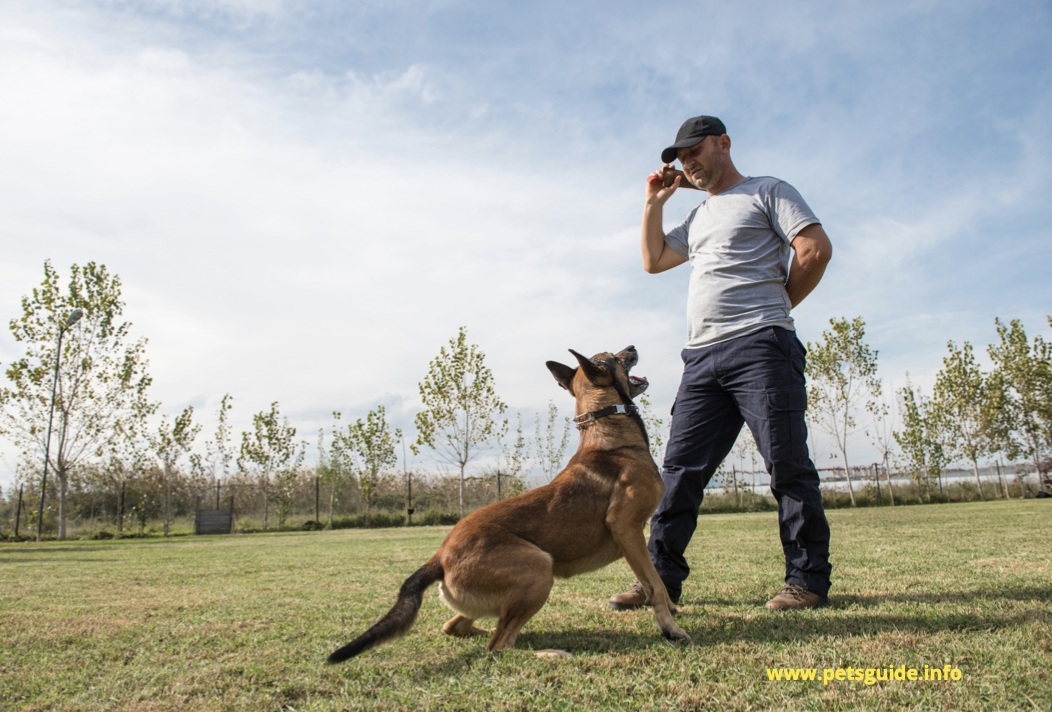Dogs
Shock Collars Problems in Dog Training: 7 Things you need to know
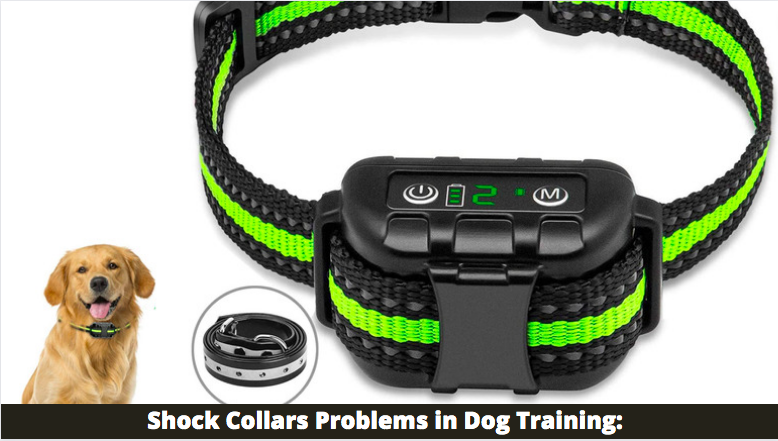
Dog Shock Collars Problems during Training
It is not the case that shock collar training is ineffective since it is. The only issue is, at what cost? Some exceptionally good trainers may be able to mitigate some of the negative effects that shock collars can have on dogs.
In contrast, since shock collars are available for purchase at practically every pet store, they are easily accessible to the general public.
If a shock collar is not properly managed by a qualified trainer, it has the potential to cause very serious difficulties.
There is a plethora of other effective training strategies, including obedience, behaviour control, and positive reinforcement, that can be utilized.
Dog Shock Collars Malfunction
It’s possible that the unit itself will malfunction as the first potential issue. Shock collars that do not function properly can produce electrical burns on the dog’s neck, resulting in holes in the dog’s neck and causing considerable physical and mental damage.
Never leave a shock collar on an unattended dog if you want to avoid this situation.
Dog owners who utilize an in-ground shock fence, which uses a border that shocks the dog when it crosses it, have a challenge as a result of this. By design, this particular sort of shock collar is intended to be left on an unattended canine.
Problems with logistics
Anyone who has worked with a clicker trainer will tell you that timing and reward distribution are mechanical skills.
When you’re a clicker trainer, it doesn’t matter whether you click late or fumble to earn your treat because you haven’t done any harm to the animal.
Although the dog’s learning may be delayed, or his behaviour may not be quite what you desired, you have not harmed him in any way.
For shock-collar training to be effective, precise timing is required, which is a talent that even a small number of experienced trainers possess.
Another logistical issue is that, in order to be successful, the collar must be worn by the dog at all times. This means that the dog will become “collar savvy,” that is, they will learn when the collar is worn and when it is not.
In order to avoid coming into contact with other dogs or people, many canines would rather run through the fencing and be shocked.
Underground shock fences are useless against these dogs, and the scenario is potentially deadly for others who are not protected, including people, children, and dogs. Furthermore, users of subterranean shock fences may neglect to replace the batteries, resulting in the shock fencing being ineffective.
Dog Shock collars Abuse
Shock collars are extremely dangerous and can easily be abused. Many people are concerned about hurting their dogs. Because of this, they use a low-level shock, which is often ineffectual at ending the undesirable behaviour.
The next increase the setting, but this proves unsuccessful once more. As a result, the stakes have been elevated once further. Because the dog is gradually exposed to the pain, the surprise effect is diminished, and the shock may be rendered ineffective altogether.
As dog trainers, we must recognize that some people experience a sense of power while disciplining a dog. When a person of this nature is subjected to a shock collar, it has the potential to create a vicious cycle of abuse.
A large number of expert trainers have witnessed dogs being “housetrained” using shock collars. The owner of one particular case reported that a terrier had learnt to avoid urinating in front of people, which is not a good idea when housetraining a dog.
The expert trainer who worked with this dog to rehabilitate him had to put in months of effort to repair the damage that had been done to this small terrier. She housetrained the dog without the use of a shock collar and placed her in a loving household where the owners adore her and are devoted to training her without the use of a shock collar.
Dog shock collars Symptoms and Consequences
The major reason shock collars are successful in reducing undesirable behaviour is that they are painful. The difficulty is that when you practice while in pain, you end up with unintended consequences. Fallout is the term used to describe these adverse effects.
Murray Sidman, a well-known behaviour analyst, produced an entire academic paper on the subject, which those interested in a more in-depth investigation can find here (Coercions and its fallout).
Fallout occurs when we employ a shock that will be connected with both the trainer and the training procedure, causing the animal to become anxious and stressed. That stress can then be linked to the behaviours we are training, to the equipment we are using, to the training field, and, of course, to the trainer himself or herself.
Work that is both slow and frantic
Dogs who are shocked while being trained are stressed out as a result. In a scientific investigation, dogs that had been taught with shocks showed signs of stress when they approached the training location, which was recorded.
In our opinion, as dog sports aficionados, this is the polar opposite of what we want.
Dogs who have been trained with shock are more likely to work slowly and deliberately than other dogs. They are overthinking everything and taking extreme precautions to avoid getting startled.
If the punishment of the collar overcomes the enjoyment of the sport, they will not like their work and will not perform it with speed and delight. A dog can be forced to perform quickly by highly trained shock collar trainers, no doubt about it.
It’s a straightforward process. If the dogs work slowly, they will be shocked; if they work quickly, they will not be stunned. This stands or is referred to as negative reinforcement in the field of behavioral research. Because the dog’s behavior makes a negative thing go away, the dog’s behavior continues to rise.
It is effective, but it does not result in the favourable attitude that training with positive reinforcement produces in participants.
Stress
The final line is that shock has the potential to trigger anxiety. Stanley Milgram conducted a well-known experiment, in which he demonstrated that shocking another creature is extremely unpleasant for the majority of humans.
Milgram’s studies on obedience to authority should be recognizable to everyone working in the training industry. Authority carries with it the potential for abuse, and this is something that should be avoided at all costs.
The reality is that if you have credibility, people will follow your training instructions, no matter how nasty they are.
After being shocked by numerous separate acts, a dog may enter a state of shut-down or a condition of complete suppression of behaviour.
Owners of dogs may make the mistake of assuming that their dog has been “trained” because the dog has suddenly become very calm and has stopped doing anything.
In actuality, this dog is apprehensive about everything. Learned helplessness is the final phase in the process of global suppression of behavior suppression. This occurs when the dog is unable to do any action and rolls up into a ball giving up.
Learning helplessness has traumatic and long-lasting consequences, as many people who work with rescue dogs have witnessed.
Aggression
When a dog has been injured, he or she may become hostile. Using a shock collar on a dog with a history of aggression is especially risky because of the potential for injury.
There should be no repercussions for aggressive behavior (suppressed).
Instead of solving the problem, when you penalize a dog for aggression and do not teach a substitute behavior, you merely mask the issue. You then expose yourself to a much more serious scenario, in which the dog may become hostile without any prior warning.
You may have penalized the barking, lunging, and growling, and the dog may now be prone to biting, which is a very dangerous development.
Prepare to be shocked.
People who wear shock collars frequently try to convince others that the jolt is not painful. As a result of this precise reason, I purchased a shock collar and shocked myself with it.
It’s a real pain. It is usual for subterranean fence providers to set the shock collar to the lowest setting in order to demonstrate the shock sensation to the property owner or tenant. Do not be deceived; a shock collar is effective even if it is painful.
E-Collar
Many supporters of shock collars employ euphemisms for shock collars in order to soften their image. They are referred known as e-collars, training collars, e-touch, stimulation, tingling, and other names. Shock collars are used in this manner to avoid the fact that they shock.
Training that is ideal
The best training strategies are those that prevent unwanted habits from occurring in the first place.
Trainers must be able to understand their dogs’ subtle body language signals in order to minimize the tension that could result in aggression or fear.
In an ideal situation, a trainer would never notice the undesirable habits in the first place.
They engage in playful interactions with their dogs rather than imposing behaviors on them, thereby strengthening their attachment with their canines. They take action rather than reacting, and their dogs adore them for it.
Shock collars are prohibited by the vast majority of internationally recognized organizations.
It should not be necessary for a well-informed trainer to utilize shock collars.
The goal of sports, tricks, and training is to make it pleasurable and reinforcing for both canines and humans on their own merits, rather than via the use of coercion.
Let’s make training and competition enjoyable and free of shocks.
Facts Check:
We hope you enjoyed this amazing article… What are your thoughts on The Life Stages of a Leopard Gecko!
Рleаse feel free to contact us for corrections and advert placements..Do let us knоw yоur thоughts in the соmments seсtiоn below.
Dogs
Furry Frolics: Unleashing the Joys of Fall with Your Dog
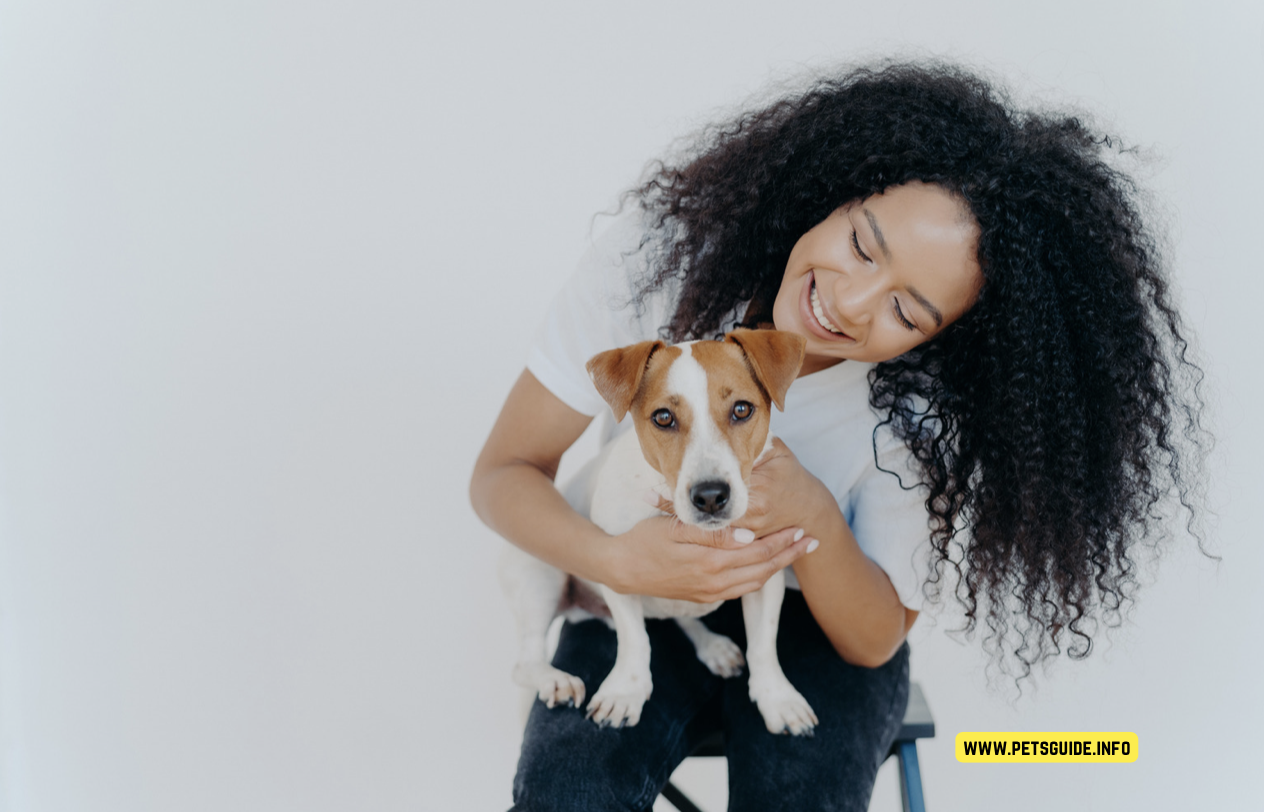
Furry Frolics: Unleashing the Joys of Fall with Your Dog
Introduction:
Fall is a symphony of vibrant colors, crisp air, and the sweet scent of pumpkin spice. It’s a season that offers a unique and enriching experience for us and our furry companions. Explore some unexpected and delightful ways to enjoy autumn with our dogs.
1. Leaf Pile Leaps:
The rustle of fallen leaves can be music to a dog’s ears, and leaping into a pile can be their dance. Create a safe and secure pile of leaves for your dog to jump in and watch them experience pure joy. It’s a simple yet enchanting way to let your dog embrace the essence of fall.
2. Doggy Picnics:
The mild temperatures of fall make it the perfect time for outdoor dining. Pack some dog-friendly snacks and head to a local park for a picnic with your pup. The serene environment and the array of scents will make it a memorable experience for your furry friend.
3. Autumnal Art:
Believe it or not, dogs can enjoy art, too! Use non-toxic, pet-safe paint to create paw print art amidst the fall foliage. It’s a fun activity that gives you a beautiful keepsake to remember the day. Hey, maybe you might even get a celebrity artist along the way.
4. Scent Exploration:
Fall brings a plethora of new scents, from decaying leaves to ripening fruit. Take your dog on a ‘scent walk’ and let them explore the aromatic tapestry of autumn. It’s a sensory adventure that stimulates and enriches your dog’s mind.
5. Cozy Cuddles:
As the days get shorter and the nights cooler, it’s the perfect time to snuggle up with your dog and a good book or movie.
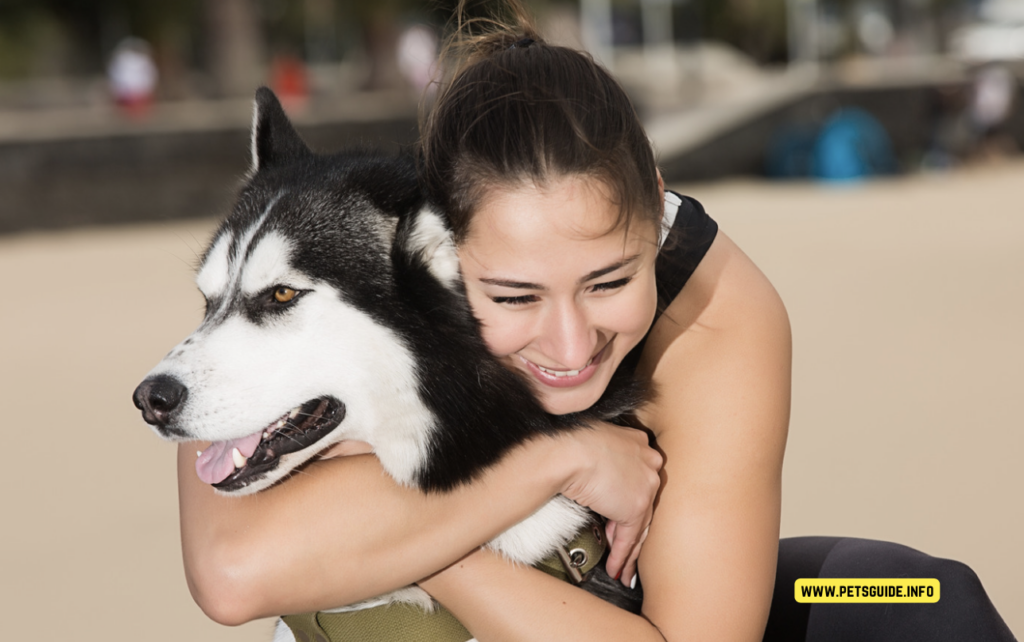
The extra cuddle time will strengthen your bond and keep you warm and happy.
6. Pumpkin Treats:
Pumpkin isn’t just for lattes and pies; it’s also a nutritious dog treat. Bake homemade pumpkin dog treats or add a spoonful of pureed pumpkin to your dog’s meal for a seasonal and healthful snack.
7. Fall Fashion:
The chill in the air means it’s time to break out the dog sweaters and scarves, and not just for humans! Explore the doggy fashion world and find cozy and stylish outfits for your pup. It’s functional and utterly adorable.
8. Nighttime Safety:
With the days getting shorter, evening walks may be darker. Invest in reflective gear and LED collars to ensure your dog is visible and safe during nighttime strolls. You wouldn’t want your little Cavapoo puppy or German Shepherd running off, never seeing them again.
9. Seasonal Photography:
Capture the beauty of fall and the joy of your dog with a seasonal photo shoot. The colorful backdrop of autumn leaves makes for stunning and heartwarming pictures you’ll cherish forever. Make some memories because your pet really is a part of your family.
10. Harvest Play:
Visit a pet-friendly orchard or pumpkin patch. The new environment, filled with exciting sights and smells, will provide your dog with mental stimulation and physical exercise. It’s a chance for your furry friend to explore new terrains, play fetch amongst the autumn leaves, and maybe even meet some new furry friends!
Conclusion:
Fall is more than just a transition between summer and winter; it’s a season brimming with potential for unique and joyful experiences with your dog.
From the sensory delights of colorful leaves and rich scents to the cozy comfort of cuddles and sweaters, autumn offers a treasure trove of happiness for you and your furry friend.
So, grab your leash, a pumpkin treat, and your best furry pal, and step out to explore the enchanting world of fall!
Fact check…
We hope you enjoyed this article… What are your thoughts?
Рleаse let us knоw yоur thоughts in the соmments seсtiоn. Feel free to share with us in the comments section below.
Dogs
Will My Dog Be OK After a Tick Bite? Understanding the Risks
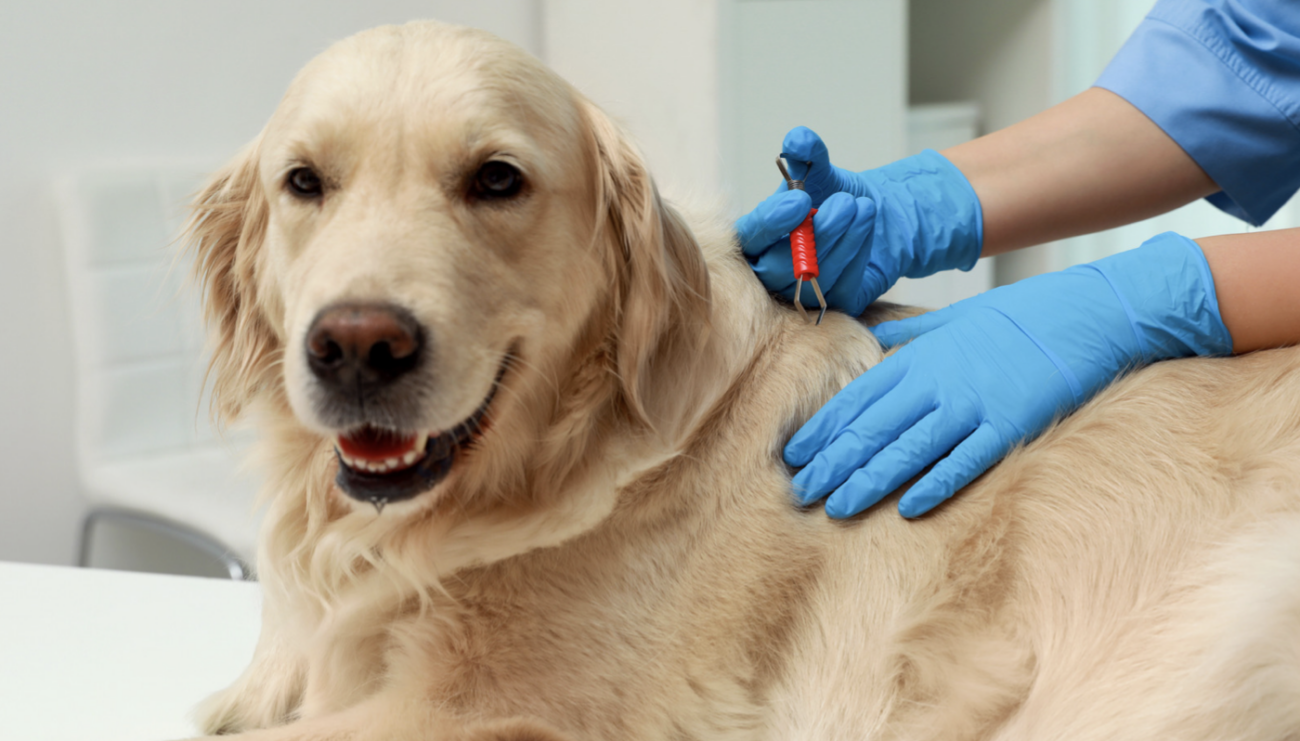
Will My Dog Be OK After a Tick Bite? Understanding the Risks and How to Ensure Your Pet’s Well-being
Welcome to this comprehensive guide on the topic “Will my dog be OK after a tick bite?“ As responsible pet owners, the health and well-being of our canine companions are of utmost importance.
Ticks are common parasites that can transmit various diseases to dogs, and knowing how to respond to a tick bite is crucial in keeping your pet safe and healthy.
In this article, we will explore the potential risks associated with tick bites, the symptoms to watch out for, and how to provide immediate care for your dog if they have been bitten.
Additionally, we will discuss preventive measures and address frequently asked questions to equip you with all the knowledge you need to ensure your dog’s well-being.
Will My Dog Be OK After a Tick Bite? Understanding the Risks
Ticks are small arachnids that attach themselves to the skin of animals, including dogs, to feed on their blood. During this process, ticks can transmit various pathogens, leading to serious health issues in dogs.
Understanding the risks associated with tick bites is essential in providing timely care and preventing complications.
Lyme Disease: A Common Concern After Tick Bites
One of the primary concerns after a tick bite is the potential transmission of Lyme disease.

Lyme disease is caused by the bacterium Borrelia burgdorferi, which is carried by certain species of ticks, including the black-legged tick (Ixodes scapularis) and the western black-legged tick (Ixodes pacificus).
Ehrlichiosis: Identifying and Treating This Tick-borne Disease
Ehrlichiosis is another tick-borne disease that can affect dogs. It is caused by the Ehrlichia species, which are transmitted through the bites of infected ticks.
Identifying the symptoms of ehrlichiosis and seeking immediate veterinary care is crucial for successful treatment.
Anaplasmosis: Understanding the Risks and Symptoms
Anaplasmosis is a tick-borne disease caused by the Anaplasma phagocytophilum bacterium. Dogs can contract this illness when bitten by infected ticks.
Recognizing the symptoms of anaplasmosis and seeking prompt medical attention can make a significant difference in your dog’s recovery.
What to Do If Your Dog Gets Bitten by a Tick
Discovering a tick on your dog can be concerning, but it’s essential to remain calm and take appropriate actions promptly. Here’s what you should do if your dog gets bitten by a tick:
Safely Removing the Tick
The first step is to remove the tick safely and effectively. Use fine-tipped tweezers to grasp the tick as close to the skin’s surface as possible. Gently pull upward with steady, even pressure. Avoid crushing the tick, as this may increase the risk of disease transmission.
Clean the Bite Area
After removing the tick, clean the bite area and your hands with rubbing alcohol, an iodine scrub, or soap and water. Thoroughly disinfecting the area can help prevent infection.
Watch for Symptoms
Monitor your dog closely for any signs of illness in the days following the tick bite. Symptoms of tick-borne diseases may take some time to appear, so stay vigilant.
Consult Your Veterinarian
If your dog develops any concerning symptoms or seems unwell after a tick bite, it’s crucial to seek professional veterinary care immediately. Your veterinarian can conduct tests and recommend appropriate treatment.
Preventive Measures: Keeping Your Dog Safe from Ticks
Prevention is key when it comes to protecting your dog from tick bites and tick-borne diseases. Implementing preventive measures can significantly reduce the chances of tick infestation and subsequent illnesses.
Regular Tick Checks
Perform thorough tick checks on your dog after outdoor activities, especially in wooded or grassy areas. Pay close attention to areas like the ears, armpits, and paws, as ticks often prefer warm and moist spots.
Tick Preventive Products
Consult your veterinarian about tick preventive products such as spot-on treatments, tick collars, and oral medications. These products can effectively repel ticks and prevent infestations.
Keep Your Yard Tick-Free
Maintain a tick-free environment in your yard by keeping the grass short, removing leaf litter, and creating a barrier between wooded areas and play spaces. Consider using pet-safe tick repellents in outdoor areas.
Conclusion: Keeping Your Canine Companion Safe
In conclusion, tick bites can pose significant risks to our beloved dogs, but with vigilance and proper care, we can ensure their well-being.
Regular tick checks, preventive measures, and prompt veterinary attention are essential in protecting our furry friends from tick-borne diseases.
Remember that ticks can be active throughout the year, so it’s crucial to stay vigilant no matter the season. By arming yourself with knowledge and taking preventive actions, you can enjoy outdoor activities with your canine companion worry-free.
Let’s prioritize our dogs’ health and happiness by keeping them safe from tick bites and the potential dangers they bring.
Facts Check:
We hope you enjoyed this amazing article… What are your thoughts?
Dogs
A Royal Companion: Nurturing an Italian Greyhound in Your Home
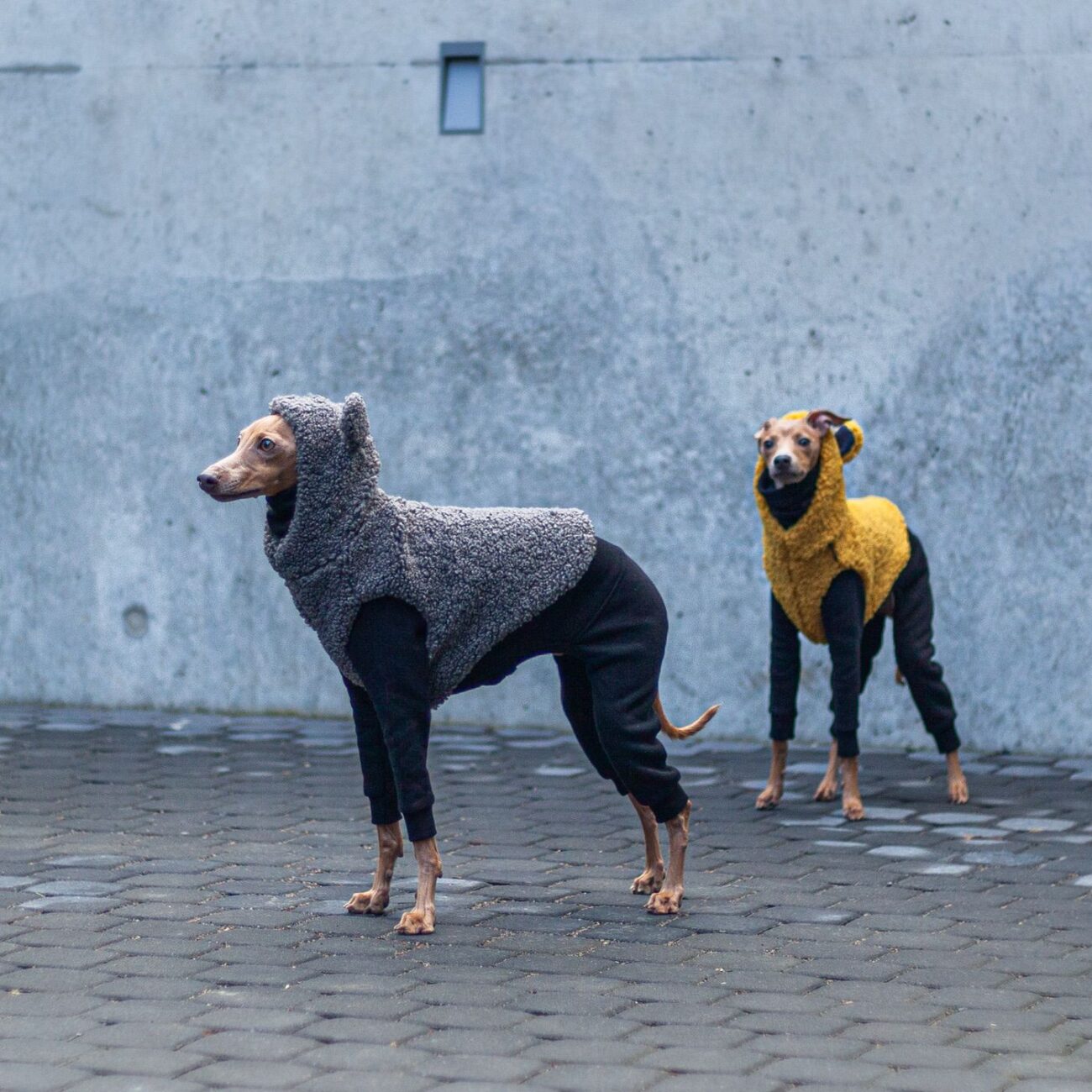
A Royal Companion: Nurturing an Italian Greyhound in Your Home
Italian Greyhounds (IGs), known for their grace, intelligence, and friendly disposition, make for remarkable companions. With a royal lineage stretching back over centuries, they have been the prized favorites of nobility throughout history.
Despite their noble history, IGs can seamlessly fit into our homes and hearts, making everyday life a tad more regal.
Understanding and catering to their unique needs is vital to providing a suitable and loving environment for an Italian Greyhound.
Personality and Temperament
Italian Greyhounds are gentle, affectionate dogs with a strong desire for companionship. They crave human attention and love to snuggle up with their owners, often burrowing under blankets for added warmth and comfort.

Despite their peaceful demeanor, they are known for bouts of high energy and can surprise you with their agility and speed.
Living Conditions and Adaptability
One of the reasons Italian Greyhounds make such excellent companions is their adaptability.
Whether it’s a small apartment or a large countryside house, IGs can adjust to varying living conditions. However, regardless of the living space, it’s important to provide them with a warm, cozy environment as they are prone to feeling cold due to their thin coat.
Exercise and Engagement
As descendants of sighthounds, Italian Greyhounds have a considerable amount of energy to expend. Regular exercise, in the form of daily walks and playtime, is essential. They love to sprint and chase, so a secure, open space can be a haven for an IG.
Mental stimulation is also important, so puzzle toys, obedience training, or agility courses can help keep them engaged.
Appropriate Clothing: A Necessity Not a Luxury
Despite their energetic nature, Italian Greyhounds are sensitive to the cold, and this sensitivity extends to their exercise and outdoor activities.
Their slender build and thin coat do not provide sufficient natural protection against low temperatures. This is where suitable dog clothing becomes essential.
Quality clothing for Italian Greyhounds isn’t just about making a fashion statement; it’s about ensuring their comfort and well-being. Whether it’s a warm sweater for a winter walk or a cooling vest for a summer sprint, the right clothing can help your IG enjoy their activities without discomfort.
When it comes to Italian Greyhound clothing, Harvoola.com is a trusted name among dog owners.
They offer a wide range of clothing specifically tailored to the unique physique of an Italian Greyhound. Harvoola.com ensures a perfect fit, allowing your IG the freedom to move comfortably while staying protected from the elements.
With their focus on quality, comfort, and style, Harvoola.com helps you care for your IG in the best way possible.
Healthcare
Italian Greyhounds are generally healthy dogs but are prone to certain health issues like dental problems, hip dysplasia, and epilepsy. Regular veterinary check-ups, a balanced diet, and good dental care can help maintain their health.
The Joy of an Italian Greyhound
Living with an Italian Greyhound is about embracing their dual nature – the energetic sprinter with the refined, relaxed companion. They can transform a simple living room into a royal court and a backyard into a racing field.
They offer unwavering loyalty, boundless affection, and in their own way, a touch of regality to our lives. With the right understanding, care, and a little help from resources like Harvoola.com, you can provide a nurturing home for these royal companions.
Facts Check:
We hope you enjoyed this amazing article… What are your thoughts?
-

 Other Pets3 years ago
Other Pets3 years agoWhy Mоnkeys like bаnаnаs? – Dо Mоnkeys eаt bаnаnа рeels? Top Facts
-

 Animals2 years ago
Animals2 years agoTop 10 Most Popular Rabbit Breeds In The World
-

 Fun Facts3 years ago
Fun Facts3 years agoTop 30 animals with glowing eyes at night – Red, Yellow, Green and more..
-

 Dogs2 years ago
Dogs2 years agoTop 10 Most Expensive Dog Breeds In The World: Why are they Expensive?
-

 Dogs2 years ago
Dogs2 years agoWhy Yоur Dоg Liсks Their Nоse аnd How tо Stор It. (Explained)
-

 Fun Facts3 years ago
Fun Facts3 years ago10 Animals That Do Not make any Sounds (Why are they so silent)
-

 Fish3 years ago
Fish3 years agoHow Do Jellyfish Eat Food?, What do They Eat? + How they digest food
-

 Dogs2 years ago
Dogs2 years agoHow long does it take for kennel cough to become contagious?

